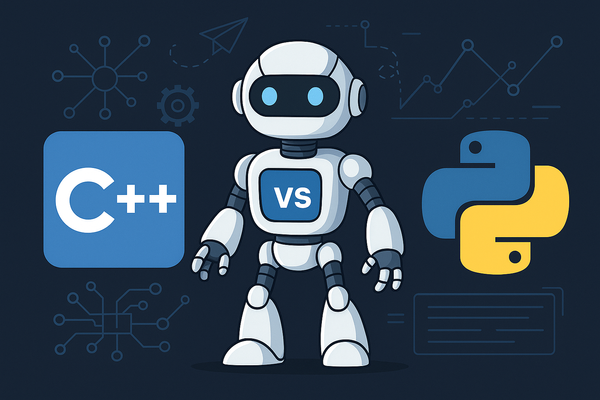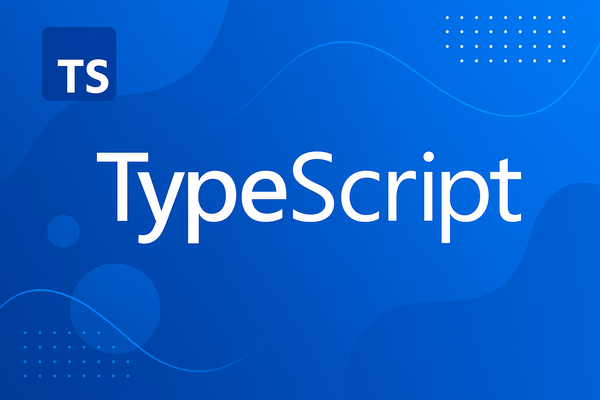The Power of React: Why Developers Love It and How to Get Started
React powers apps from startups to tech giants. See why developers love it and follow a step-by-step guide to create your first interactive component.

React has become the go-to JavaScript library for building modern web applications. Developed by Facebook and released in 2013, React changed the way developers think about UI by introducing the concept of a component-based architecture. Today, it powers apps at companies like Meta, Netflix, Airbnb, and countless startups and enterprises worldwide.
So, what makes React so powerful—and why do developers love it?
Why React?
- Component-Based Architecture
React apps are made of components—independent, reusable pieces of UI. This modular approach improves code organization, testing, and collaboration. - Declarative Syntax
React lets you describe what your UI should look like, not how to change it. It handles the DOM updates efficiently via its virtual DOM. - Unidirectional Data Flow
Data flows in one direction—from parent to child—making your app’s state predictable and easier to debug. - Ecosystem and Tooling
From Next.js for SSR to Redux for state management, to powerful dev tools and testing libraries, the React ecosystem is huge and mature. - Great Developer Experience
Hot reload, JSX syntax, powerful hooks (likeuseEffect,useMemo), and TypeScript support all make development smooth and scalable.
Getting Started with React (A Quick Tutorial)
Let’s walk through creating a simple React app using Vite and build a reusable counter component.
Step 1: Create Your Project
npm create vite@latest my-react-app -- --template react
cd my-react-app
npm install
npm run dev
Open http://localhost:5173 — you’ve got a React app running!
Step 2: Create a Simple Counter Component
Let’s create a basic interactive counter.
// src/components/Counter.jsx
import React, { useState } from 'react';
export default function Counter() {
const [count, setCount] = useState(0);
return (
<div style={{ textAlign: 'center' }}>
<h2>Counter: {count}</h2>
<button onClick={() => setCount(count + 1)}>➕ Increment</button>
<button onClick={() => setCount(count - 1)}>➖ Decrement</button>
</div>
);
}
Step 3: Use the Component in Your App
// src/App.jsx
import React from 'react';
import Counter from './components/Counter';
function App() {
return (
<main>
<h1>Welcome to React</h1>
<Counter />
</main>
);
}
export default App;
You’ve now created your first interactive component. Notice how clean and readable the code is?
Why This Is Powerful
React gives you the tools to build fast, reliable, and user-friendly UIs. Imagine adding features like:
Dark mode toggle using global context
Animations with Framer Motion
Forms with validation using libraries like Formik or React Hook Form
Routing with nested layouts using React Router
Every part of your app is broken into small, testable, reusable pieces. This is why React scales so well—from personal projects to enterprise-grade applications.
Final Thoughts
React isn’t just a library—it’s a philosophy of building web interfaces using modular components, clean declarative syntax, and robust tooling. Whether you’re prototyping a small project or maintaining a massive app, React gives you the power to build confidently.
Want to go deeper? Books like Mastering React: From Development Environment Setup to Production Optimization offer a structured deep dive—from setting up Vite or CRA, to testing with Jest, to deploying and monitoring your app in production.
Ready to take the next step? Fire up your terminal, run npm create vite@latest, and start building. Once you understand the React mindset, you’ll never look back.




